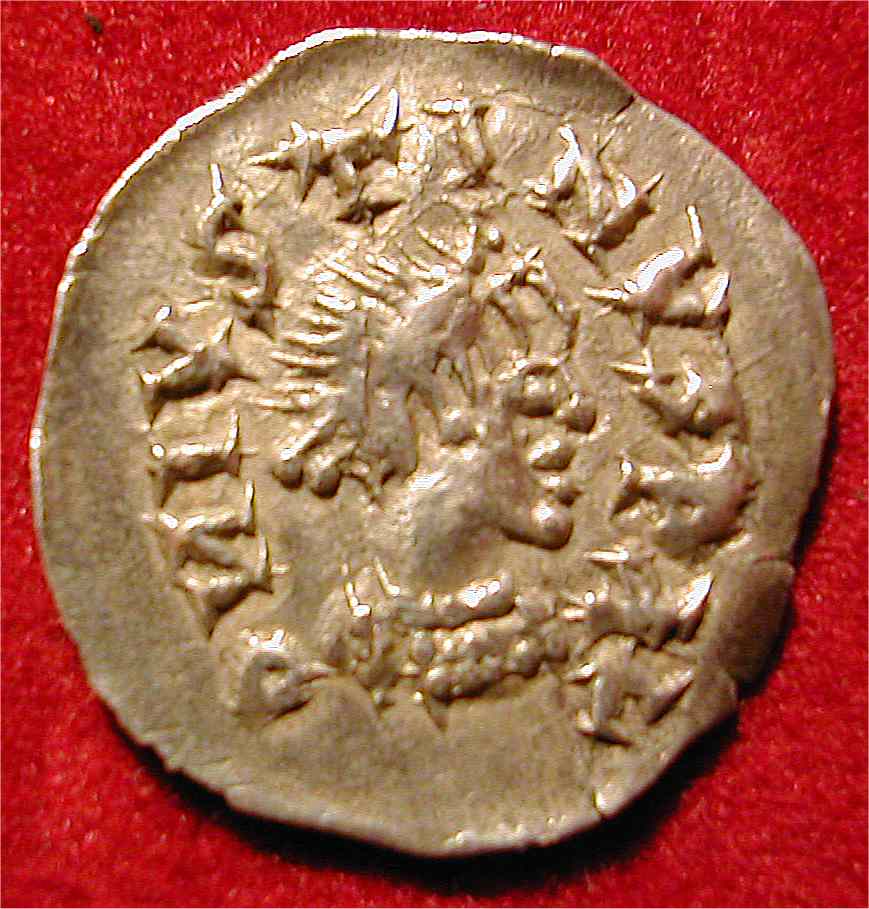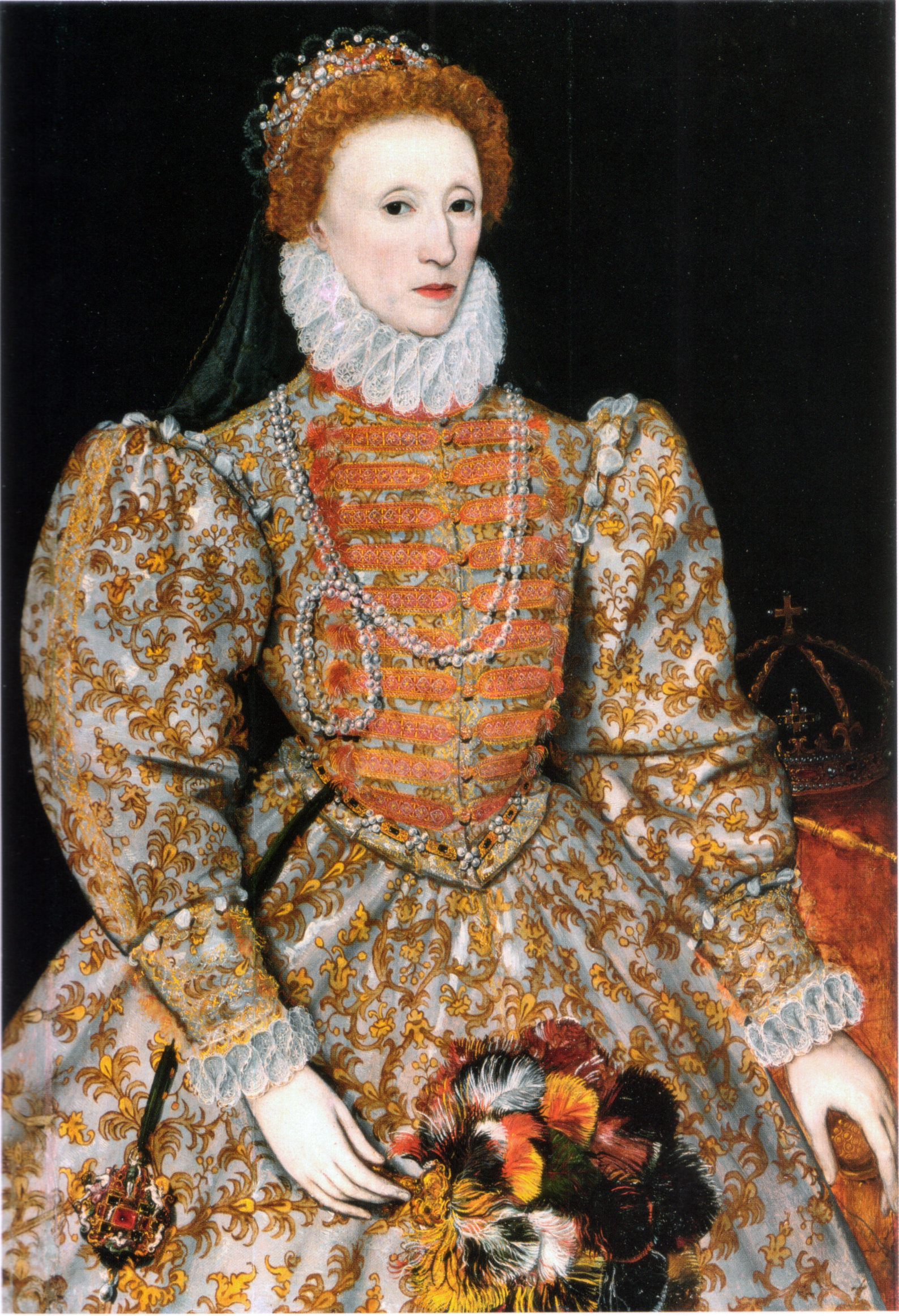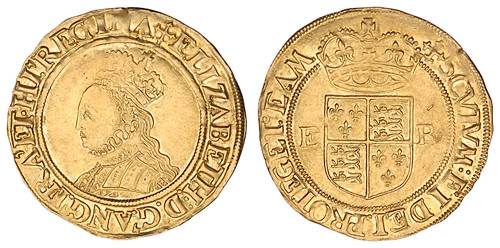 |
| Image: Romancoins.info Amalasuntha as queen regnant |
I'm fascinated by this difference, which spans MANY centuries indeed. To the modern eye, the coin portrayals appear both cruder and "uglier" by our standards, and it seems clear there must have been some sort of purpose in the portrayal of women as heftier, stranger, less idealized than in other media.
 |
| Image: vroma.org Cleopatra bust |
 |
| Image: LA Times Cleopatra coin |
It seems likely that the literal currency of coin portraiture made these images important as a way to send a message about female rulers; did it undermine the prejudice against a woman in power to reduce her feminine appeal? Some images appear positively masculine - Elizabeth I's coinage has always seemed to me so contradictory to her painted portraiture, in fact giving an appearance of corpulence which, whether accurate to her appearance or not, tends to recall powerfully (literally) her father's image.
 |
| Image: Wikipedia Elizabeth I - The Darnley Portrait |
 |
| Image: Coins-of-the-UK.co.uk Elizabeth I coin |
If anyone knows of a paper looking into the portraiture of currency, especially of female rulers, I would love to know about it. This idiosyncrasy has interested me for years, but I've never actually researched it.
2 comments:
Interesting. I admit to believing Royal Portraits were realistic.
Yep, and the Kardashians are never airbrushed or photoshopped! :)
Post a Comment